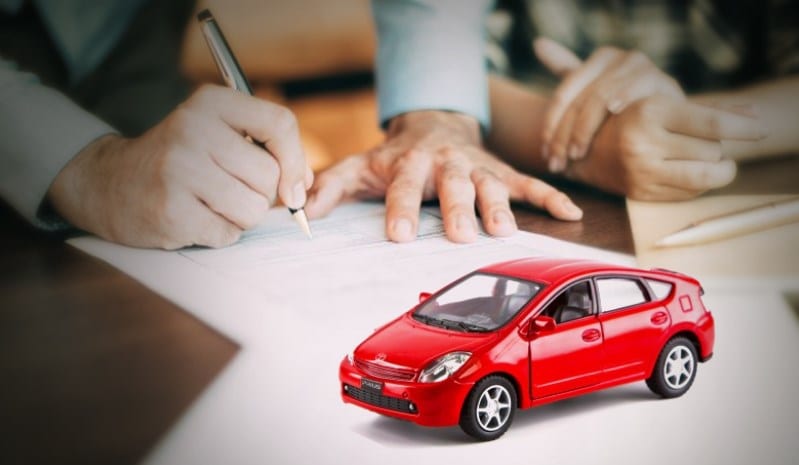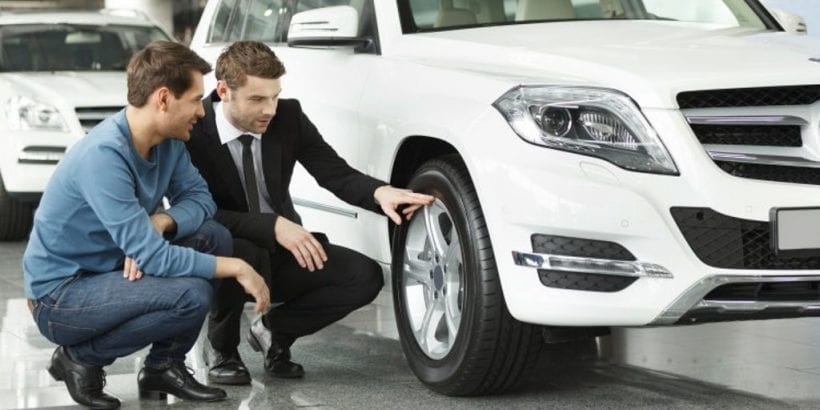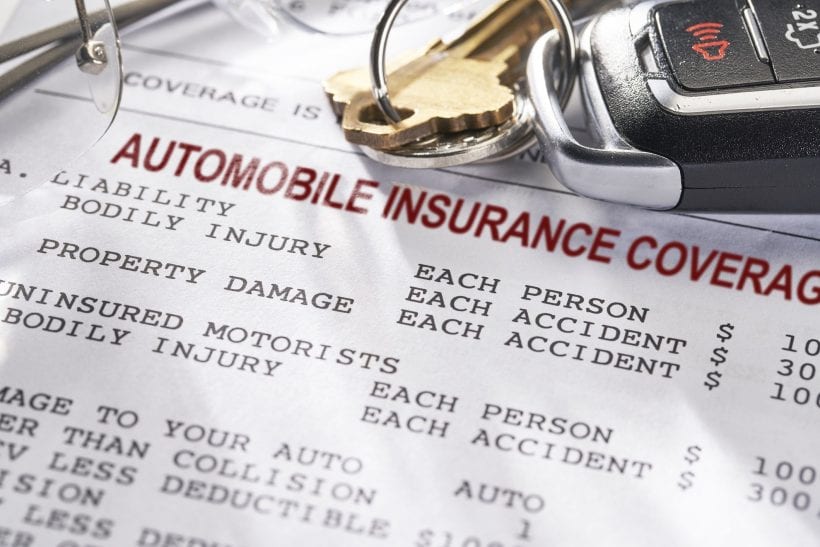Car owners are mandated by law to get auto insurance. With the exception of Virginia and New Hampshire, all states require it before you can legally drive.
However, if it wasn’t for the law, is it really important to have car insurance? To answer this loaded question, you must first understand how car insurance works.
Types Of Car Insurance

Most states require their drivers to get the minimum liability insurance. This type of insurance protects you from financial ruin in case you cause an accident. In comparison, Toronto car insurance and throughout Ontario include third-party liability coverage, which protects against damages or injuries you may cause to others in an accident. Additional coverage options include collision coverage, which covers damage to your vehicle in a collision with another car or object, and comprehensive coverage, which covers non-collision-related damages such as theft, vandalism, or weather-related incidents.
It has two main types: bodily injury coverage and property damage coverage.
- Bodily injury liability: This covers emergency expenses and medical services for other people involved in the crash. Some policies may even include compensation for psychological injury, lost income, legal fees, or funeral costs if the accident resulted in death.
- Property damage liability: This covers damages to other vehicles. Accidents that are affected by properties along the road, such as establishments, guardrails, or trees, will be covered as well.
On the other hand, SR-22 insurance refers to a form that shows that you meet your state’s insurance coverage requirements for driving over a certain amount of time. It also refers to a certificate of financial responsibility proving that you carry car insurance.
However, having SR-22 insurance automatically changes your driver classification into a ‘high-risk’ driver. This is because SR-22 is basically a court order for people whose driving history shows that they pose a risk on the road. Because of this, some insurance carriers opt to raise the premium for high-risk drivers since they’re more likely to cause an accident. If you live in California, this article explains in greater detail how getting involved in an accident could affect your insurance policy as well as the rates you’re paying for it.
Without car liability insurance, you’ll be forced to pay out-of-pocket and might even be sued in court for damages. You might end up giving up your assets if you fail to settle the claim.
Car Insurance That Protects You

Car liability insurance only covers damages to third-party people and cars. What about damages to your own car?
There are four types of insurance that you can get to protect yourself: collision coverage, comprehensive coverage, personal injury protection, and gap insurance. These aren’t required by state law, still, the coverage applies even if you’re the one who caused the accident.
- Collision coverage, as the name implies, pays for damages sustained by your car from the collision. It could range from minor repairs to complete replacement if your car was totaled in the crash.
- Comprehensive coverage pays for damages from non-collision accidents. This includes natural disasters, fire, theft, and vandalism, among others.
- Personal injury protection covers medical expenses for health injuries you sustained. If there are other people in your car at the time of the accident, all of them are automatically covered as well.
- Gap insurance provides coverage if your car gets wrecked or stolen while you’re still making car loan payments. If the insurance pays you the depreciated cash value of the car, but it’s not enough to pay off the loan balance, gap insurance will pay for the difference.
It’s important to remember that auto insurance only covers accidental occurrences. Maintenance and mechanical repairs don’t fall into this category unless they’re caused by external factors covered by comprehensive insurance.
How Much You’ll Have To Pay

The cost of auto insurance types mentioned above largely depends on what kind of car you have. If your car is brand new or just a few years old, you’ll have to pay a higher premium because of its high market value. Also, newer cars are typically more expensive to repair or replace. On the upside, newer models that come with modern anti-theft technology may be eligible for discounts because of the lower risk of car theft.
Another important factor is the make and model of your car. Luxury cars from elite automakers will obviously cost more to insure. Some expensive models can only be repaired at certified car care centers or specialty shops, which can increase insurance rates.
If your car is an older model or has a depreciated market value, it’s important to weigh the cost of optional coverage for your car versus your ability to afford repair costs with your own money.
Advantages Of Having Coverage
The main purpose of auto insurance is to provide financial protection. You can think of insurance premiums as investments that you can reap in the future. Nobody knows when an accident may happen, and you don’t want to be caught off guard with huge expenses. Thankfully, insurance can take care of accident claims and save you from this unpleasant situation.
Not only that, but auto insurance can also save you from a lot of hassle. For instance, when you get into a road accident, you’ll have to negotiate with other drivers and property owners. This could be extremely stressful and time-consuming when you’re already taking care of your own injuries and car repairs. Fortunately, your insurance carrier can provide support in every step of the process.
Moreover, if you have existing health coverage that doesn’t cover traffic accidents, auto insurance can fill this gap. For instance, some policies include dental work and treatment of accident-related injuries.
What Opting Out Of Car Insurance Means

Skimping on auto insurance can have severe drawbacks, both legally and financially. If you get caught driving without proof of insurance, you’ll instantly be charged for violating state laws. Even if you don’t get caught in the act, many states actively monitor registered vehicles and check whether they have insurance.
Driving without insurance is an infraction that merits a ticket and a monetary fine of at least USD$750, depending on where you live. You could also have your license and car registration suspended for up to a year. To have your license reinstated, you have to get an insurance that meets the minimum requirements of your state, then file an SR-22 as proof.
Needless to say, you’ll face harsher consequences if you cause an accident without an insurance. On top of fines and an SR-22, you’ll have to shoulder the entire cost of damages. If you fail to do so, the state court can award a part of your personal income to the driver you collided with. The worst-case scenario is that you could be sentenced to serve time in jail.
Conclusion
With the information mentioned above, it’s safe to say that buying a car insurance can be a good way to protect yourself from the harsh consequences of getting involved in an accident.
However, with a variety of insurance options to choose from, it’s still important to conduct a thorough research to ensure you buy the right one for your needs. Remember, choosing the appropriate insurance policy can give you peace of mind knowing that your car is properly insured for unfortunate circumstances, like accidents.

